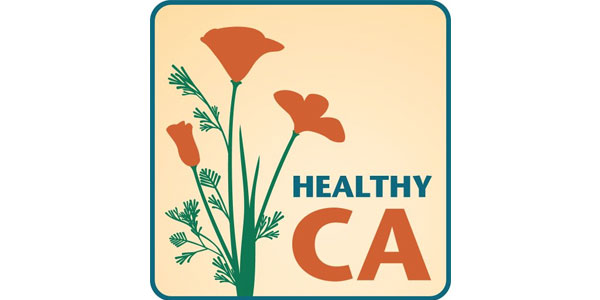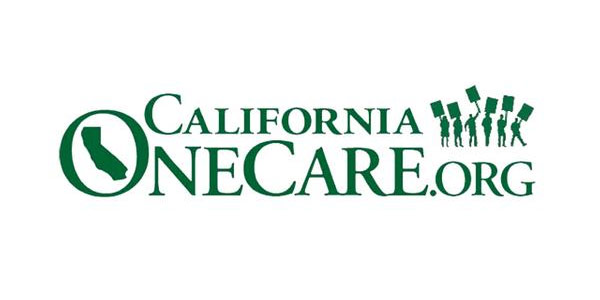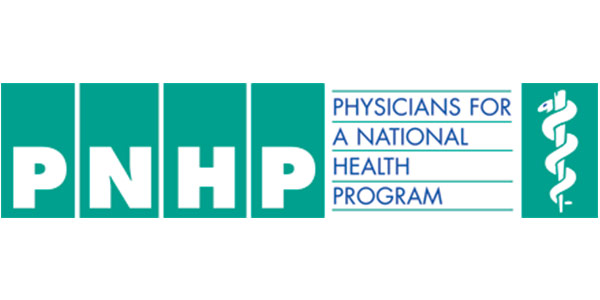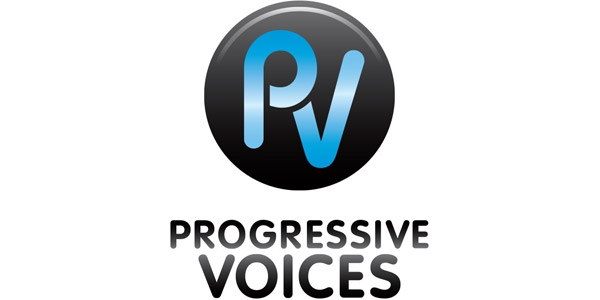
Should You Donate Bone Marrow?
Jenna Langer was 24 years-old when she was diagnosed with myelodysplastic syndrome, a condition where stem cells in bone marrow fail to develop normally into white blood cells, red blood cells and platelets needed for normal body function. Her doctor recommended a bone marrow transplant.
“I had already had cancer twice before, so it was important that I find a match quickly,” said Langer. “I needed the transplant as soon as possible before my disease progressed into something my body wouldn’t have a chance fighting.”
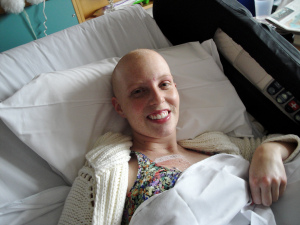
Every year over 12,000 Americans like Jenna Langer need potentially life-saving bone marrow or umbilical cord transplants. While the National Marrow Donor Program’s “Be The Match” registry has over 10.5 million potential donors on its list, many patients in need of a bone marrow donation struggle to find a match.
“A marrow or umbilical cord transplant replaces a patient’s unhealthy blood-forming cells with healthy ones,” explained Willis H. Navarro, M.D., Medical Director of Transplant Services at the National Marrow Donor Program. “Transplants can be used to treat more than 70 different diseases, including leukemia, lymphoma and sickle cell anemia. Other diseases include aplastic anemia, myelodysplastic syndrome, inherited immune deficiency disorder and inherited metabolic disorders.”
Though bone marrow donors save thousands of lives each year, many people are wary of donating. “More awareness is needed,” said Dr. Navarro.
What does donation actually involve?
Bone marrow donation is a widely misunderstood process. The following steps detail what the process usually entails:
- Register: After you do your research and decide that you would like to donate bone marrow, visit the National Marrow Donor Program’s “Be The Match” site to register. You will be sent a swab kit. When you return the swab kit, you will be entered in a secure database.
- Contact: If you are matched with a recipient, “Be The Match” will contact you to make sure you are willing to donate.
- Tests: If you agree to proceed, you will undergo tests to ensure that you are the best candidate for donation for the recipient.
- Consent: If you are the best match, you will attend an informational session where risks, possible side effects and complications will be explained. If you agree to donate, you will sign a consent form.
- Physical Exam: You will have a physical examination to make sure that the donation will be safe for you and the recipient.
- Donation: There are two ways to donate bone marrow. The patient’s doctor will determine which kind of donation would be most beneficial for the patient.
Peripheral Blood Stem Cell Donation (PBSC): 75% of bone marrow donations are PBSC donations. This non-surgical outpatient procedure is similar to donating platelets or plasma, said Dr. Navarro. Donors who undergo peripheral blood stem cell donation are injected with a drug that increases the number of blood-forming cells in the bloodstream. The drug, called filgrastim, is injected for five days prior to the donation. The donor’s blood is then removed through a needle into a machine that takes the blood-forming cells out. The rest of the blood returns to the donor through a needle in the other arm. Within 4 to 6 weeks blood-forming cells return to normal levels.
Marrow Donation: 25% of donations are marrow donations. A marrow donation is an outpatient surgical procedure. Donors that donate marrow through marrow donation receive anesthesia while doctors use a needle to take out liquid marrow from the back of the pelvic bone. The marrow replaces itself within 4 to 6 weeks.
“I Feel Blessed:” The Joy of Donating
Langer was fortunate and found a match in Maxine Renning, who had decided to join the registry in July 2010, the year she graduated high school. “I registered to be on the “Be The Match” registry on a whim,” she said. “I went to a blood drive to donate blood, and was ineligible, so I decided to be a potential bone marrow donor instead.”
Six months later, Renning was contacted: she was a match for a 26 year-old female with MDS. “I didn’t know anything about Langer because we had to remain anonymous for a year after the transplant,” said Renning. Renning’s donated bone marrow was transplanted into Langer in May, 2011.
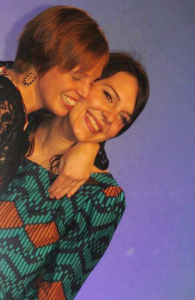
“What I love most about Maxine is her unassuming altruism,” wrote Langer in her blog, The Redhead Report: When ‘Be The Match’ called and told her she was my potential match, she went in for blood work only two days later. “Well, I didn’t have class, so why wouldn’t I?” she told me matter-of-factly. When my doctors requested that she donate actual marrow, a surgical procedure, as opposed to the more typical, non-surgical procedure of peripheral blood stem cells, she agreed without reservation.
This is what I admire so much about Maxine. She joined for a very regular reason, and she stayed committed throughout the process just because she determined it the right thing to do. And she’ll admit it. She doesn’t embellish and she doesn’t hero-icize.
Maxine restores my confidence that pure, selfless altruism is alive and well. Her humility will inspire me my entire life. I’m so blessed to have her DNA.”
“I feel like I’ve known Langer and her family all my life,” Renning told me in an email. “They are really fun, really nice, and I’m excited to continue a relationship with all of them. I feel blessed. I would undoubtedly do this again, and anyone who meets the age and health guidelines should absolutely join because it’s such a small sacrifice to give someone life.”
Langer and Renning finally got to meet one another in November 2012.
“I particularly encourage minorities to join,” said Langer. “There are not enough minority donors on the registry, leaving many minority patients without a match. Not finding a match is a very scary thing – every patient should have a fighting chance.”
To learn more about whether bone marrow donation is right for you, visit Be The Match’s website.




